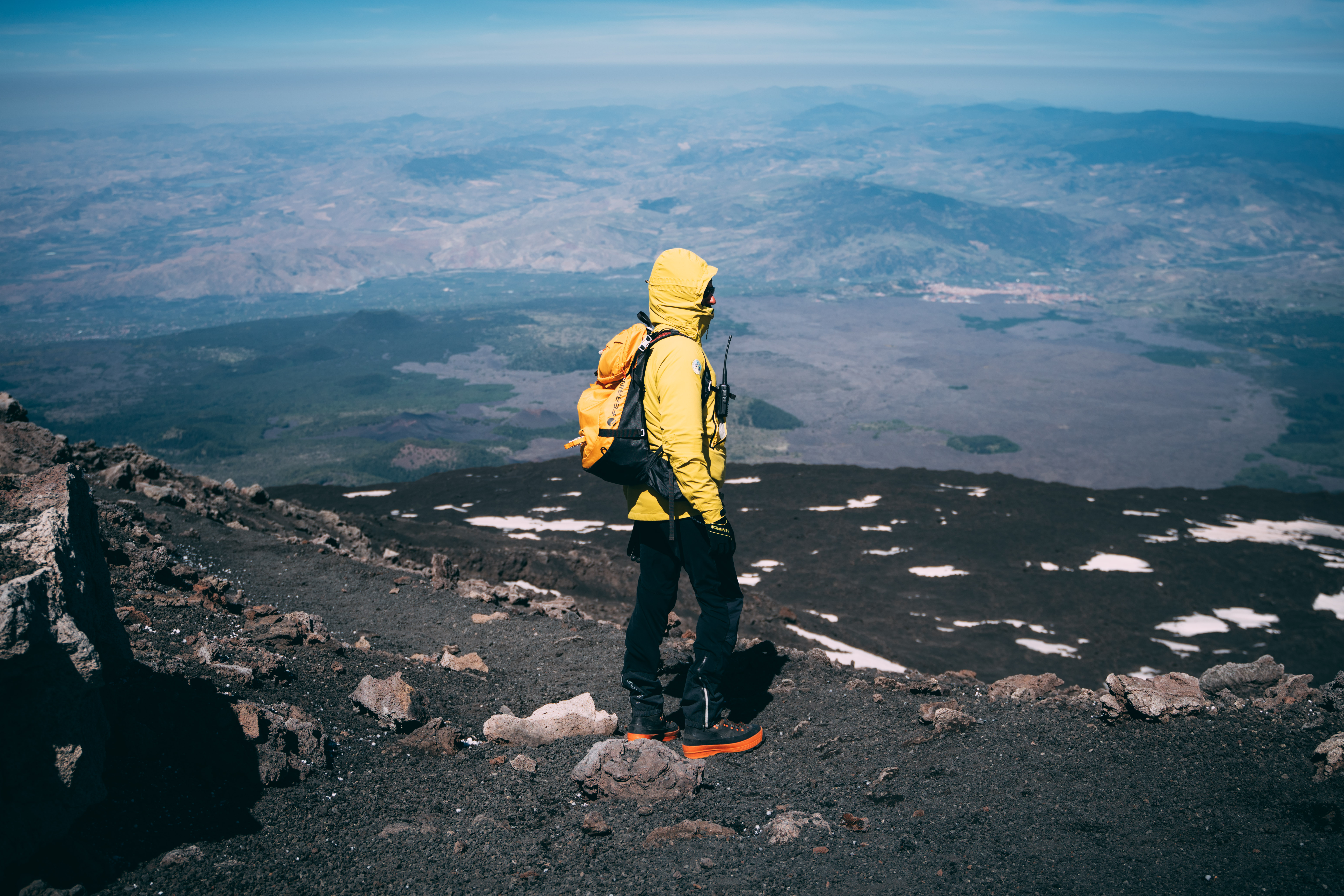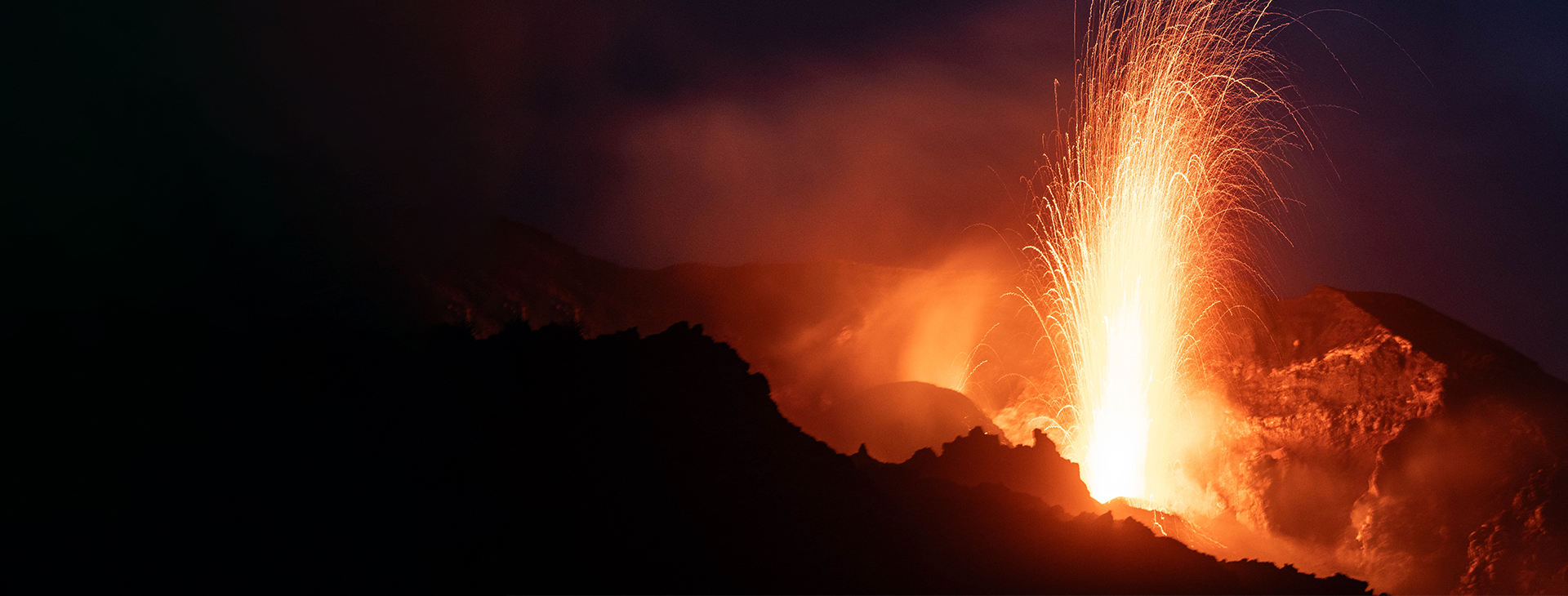
18 sept. 2025
Lenses & Landscape Photography
10 Tips for Volcano Photography
By Léo Coulongeat
Léo Coulongeat, better known by his artist name Erisphere, is best known for his photographs of stark desert landscapes. This time, however, he has turned his attention to a very different subject: the volcanoes of Sicily. In this personal photo essay, he not only captures the overwhelming landscapes, but also the lives of the people who live in the shadow of these natural giants – scientists, residents, farmers, and winemakers. All of them share their everyday life alongside the volcanoes, somewhere between wonder and resilience.
For this series, Léo once again relied on his proven F/2.8 lens trio for the Sony FE mount: the 17–28 mm, the 28–75 mm G2, and the 70–180 mm G2. With these three compact zooms, he is prepared for every situation – whether wide-angle shots, reportage photography, or detailed close-ups. They offer flexibility, reliability, and image quality that can withstand even the extreme conditions on site.
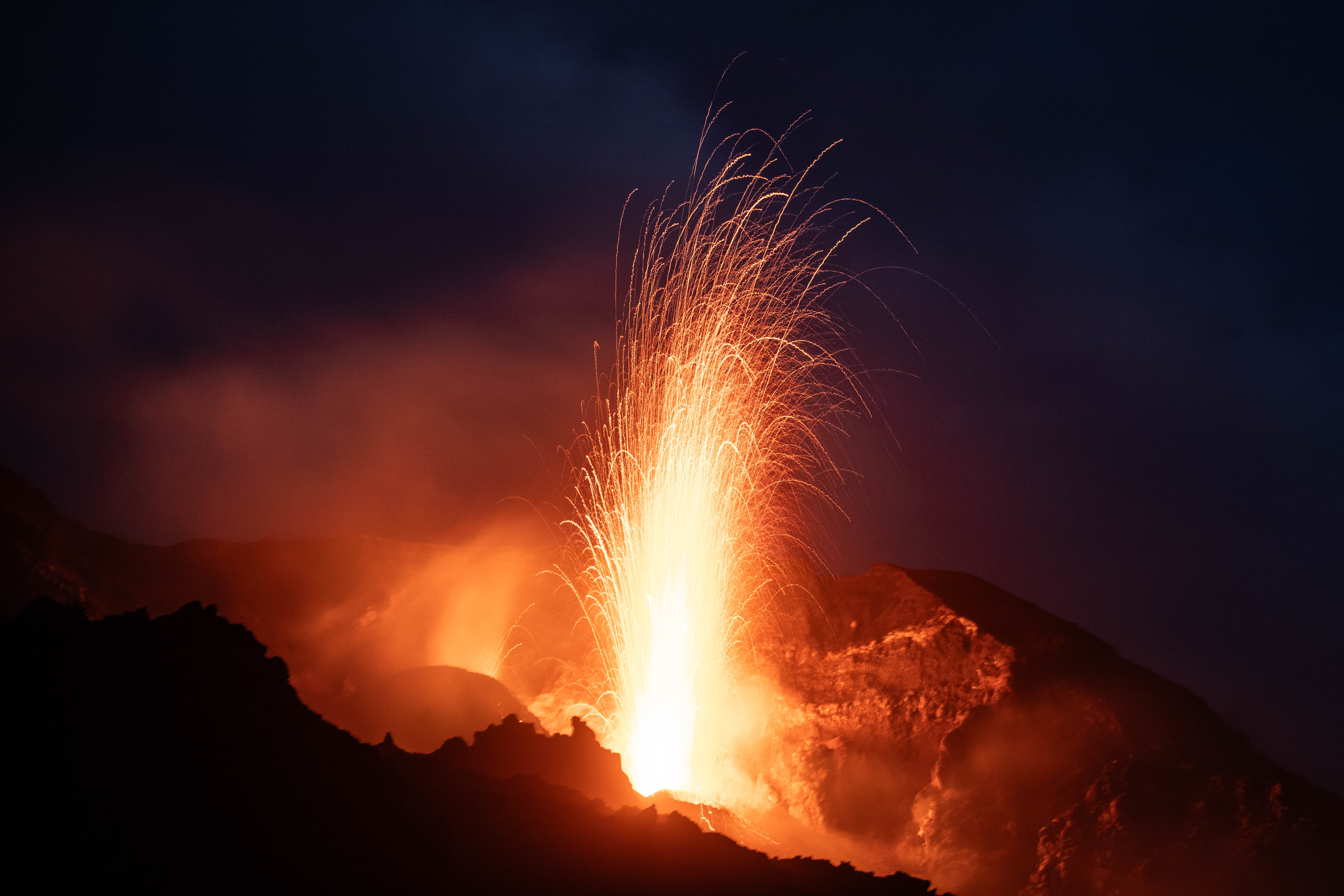
1. Between Fire and Silence: Capturing the Magic of Volcanoes
Few natural phenomena appear as powerful and at the same time as fragile as a volcano – whether active or dormant. On the slopes of Etna and Stromboli, Léo encountered not only these stone giants but also the people who shape their lives in the shadow of the fire mountains. Photographing a volcano means capturing a moment of pure, untamed nature – suspended between immense energy, delicate beauty, and endless fascination.
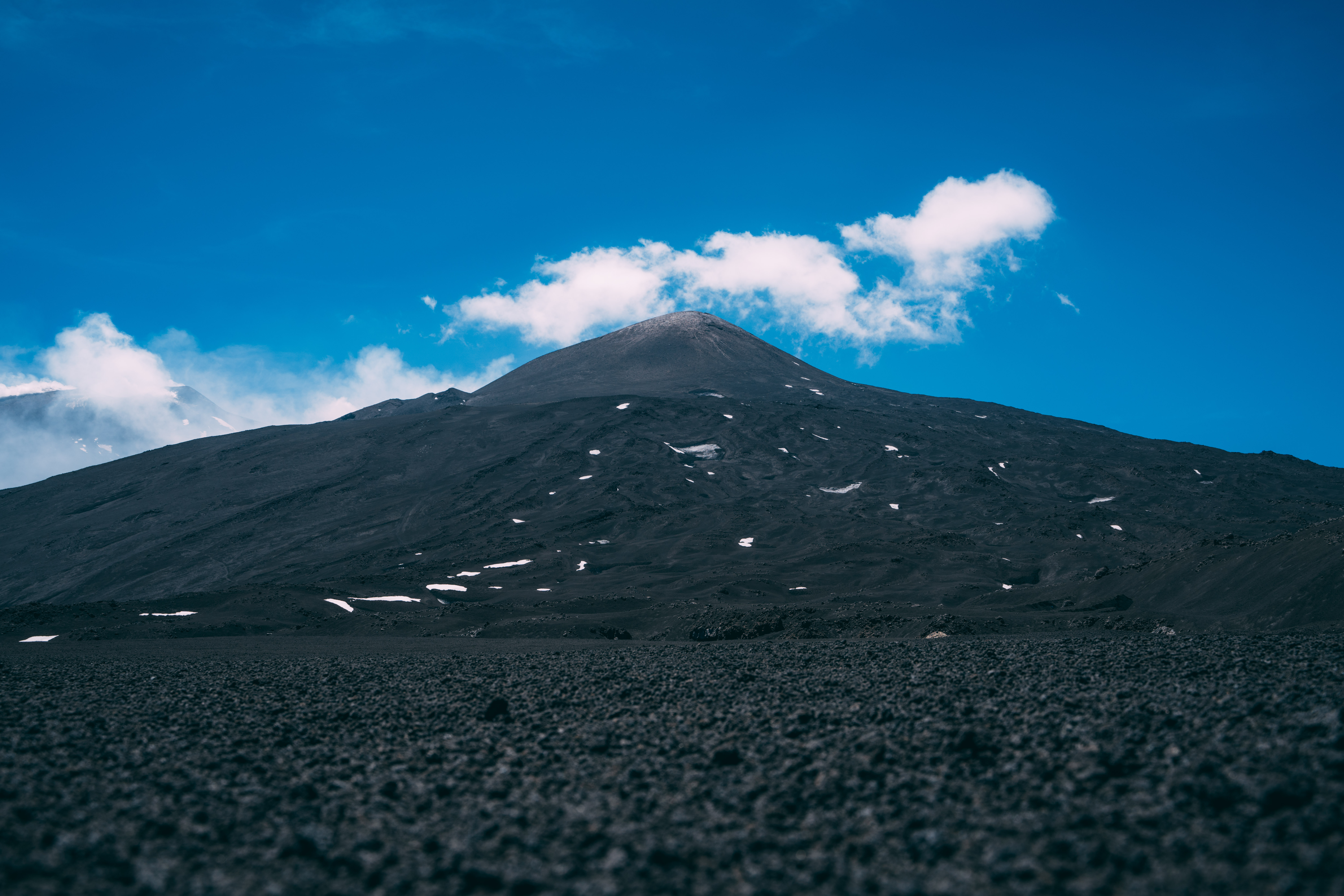
2. Stay Safe: How to Plan Your Volcano Expedition
Safety always comes first. Before heading out, check the current volcanic and weather conditions and make sure someone in the area knows about your plans. Pack your gear so it’s light but durable – you’ll want to stay flexible without being weighed down unnecessarily. Choosing the right lenses is also a strategic decision. Léo relied on TAMRON’s compact F/2.8 trio for Sony FE: the 17–28 mm, the 28–75 mm G2, and the 70–180 mm G2. With this setup, he was prepared for any situation – from sweeping panoramas to distant details – and able to react quickly whenever the perfect shot appeared.
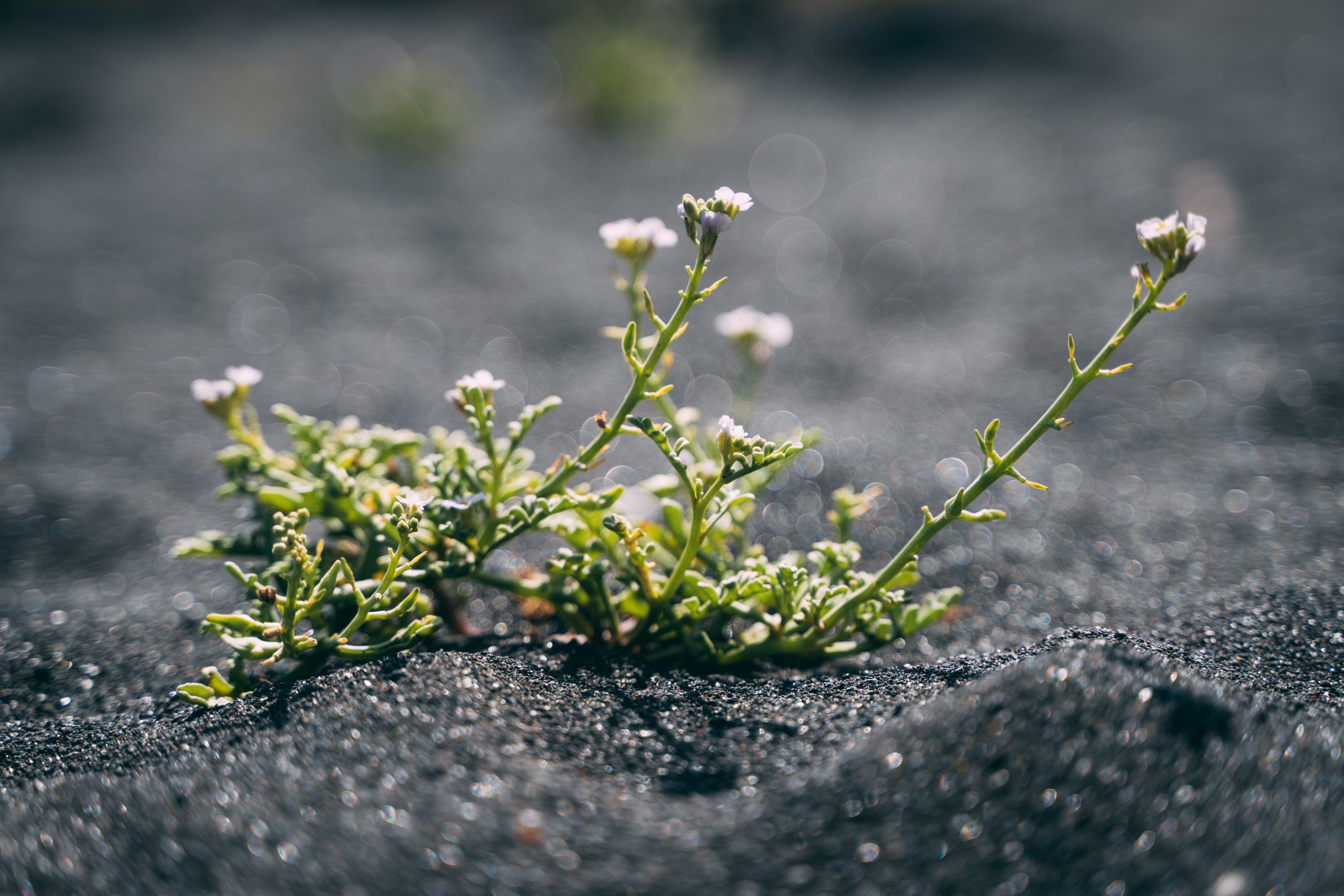
3. Use Focal Lengths Creatively: From Panorama to Detail
Each focal length opens up a different perspective – and with it, a new story you can tell through your images:
17–28 mm: ideal for capturing the vastness and context of the volcanic landscape.
28–75 mm G2: perfect when switching from wide shots to striking details or even portraits.
70–180 mm G2: lets you safely capture smoke plumes, crater rims, or lava flows from a distance – without putting yourself at risk.
4. Magical Light: Volcano Landscapes in Side Light
The most captivating shots are taken early in the morning or late in the evening. When the light falls at a low angle, the textures of the volcanic ground stand out with striking clarity. The sharp contrast between black lava and bright sky becomes even more intense, creating a dramatic atmosphere. In this light, even the smallest details emerge – fine cracks, rising steam, or shimmering reflections on the rocks.
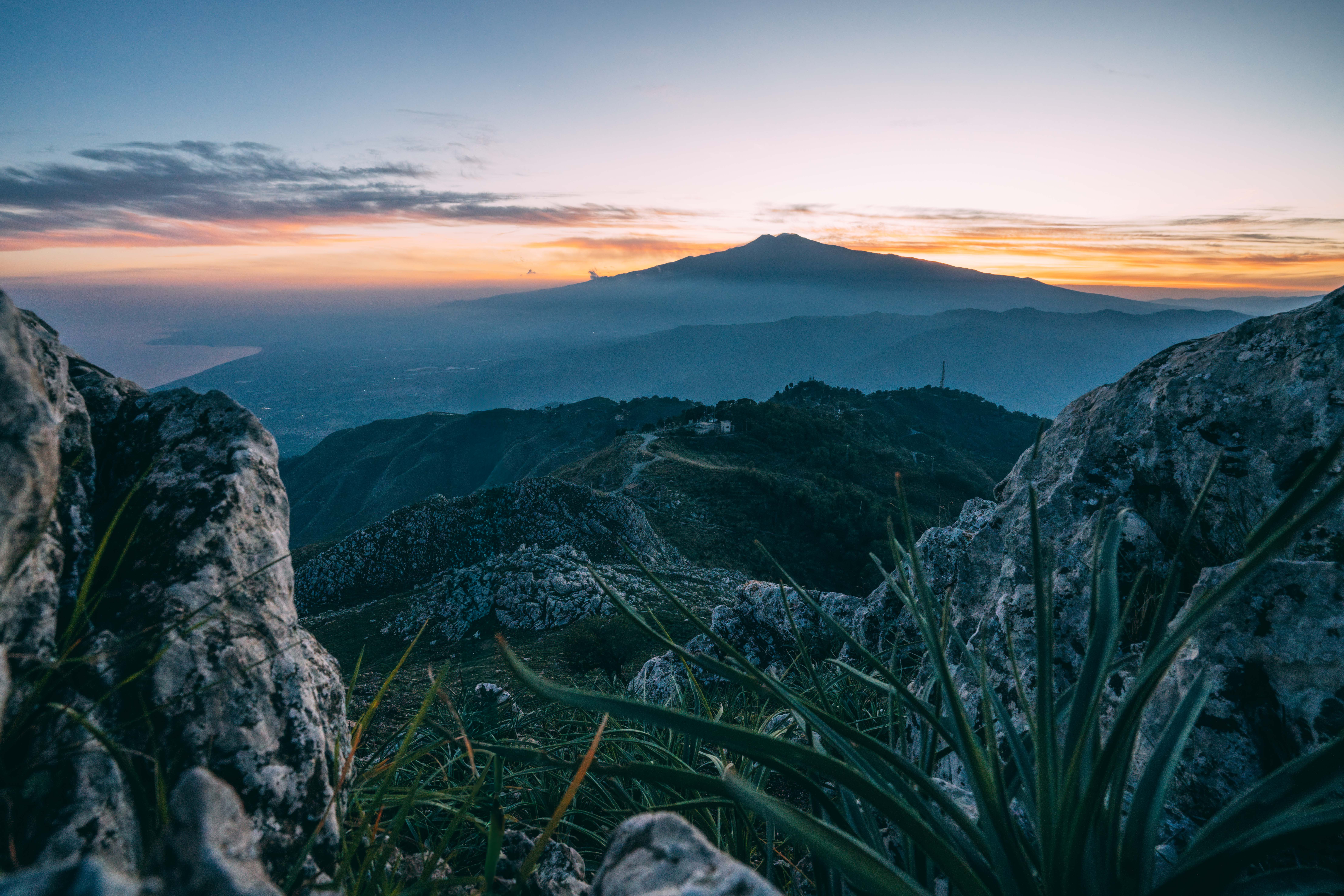
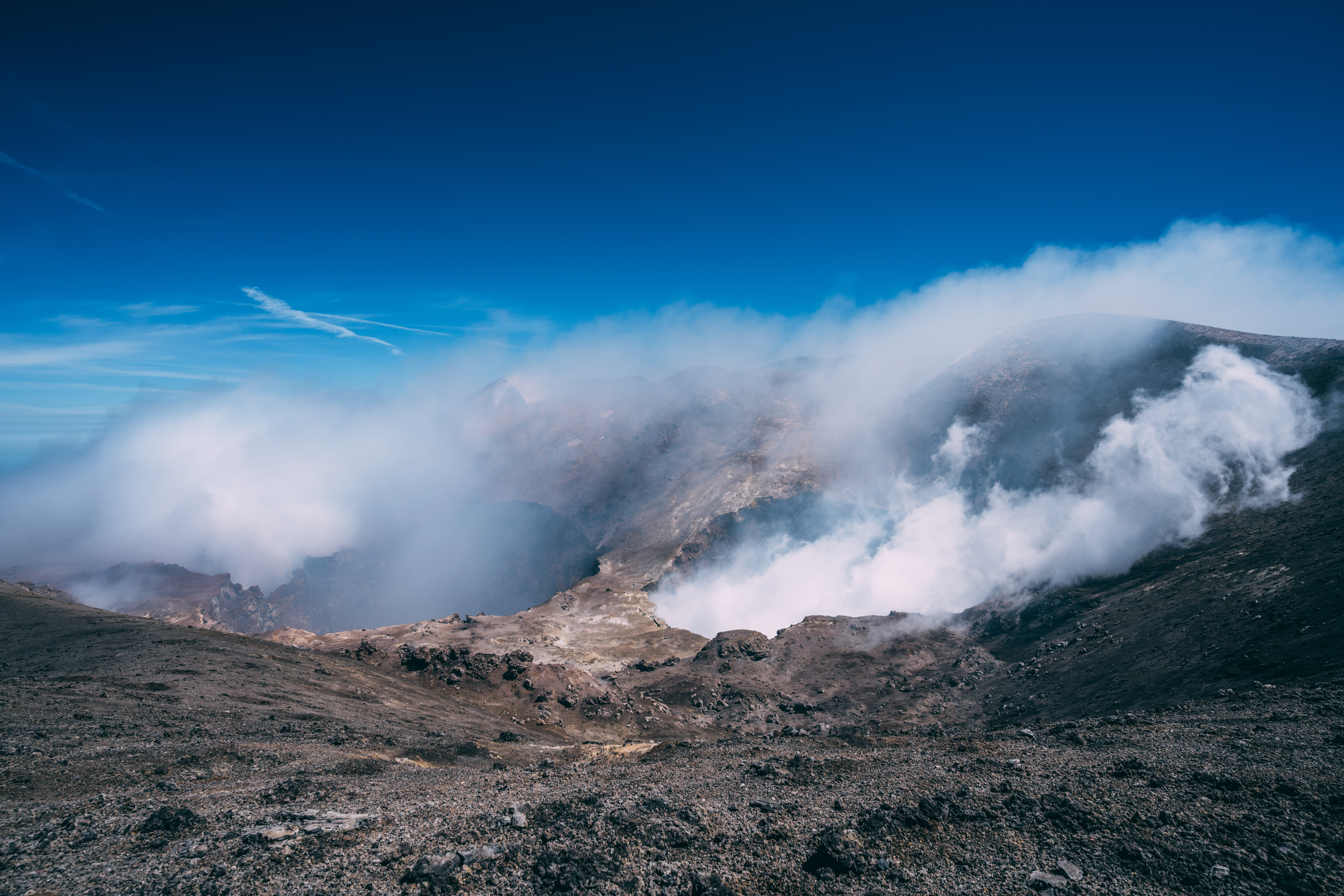
5. Nature as a Stage: Composing with Natural Elements
Whether ridges, lava flows, or plumes of smoke – nature itself provides powerful lines and structures for your composition. Use them deliberately to guide the viewer’s eye and add tension to your images. A wide-angle lens like the 17–28 mm is especially effective for emphasizing depth and showcasing the immense scale of the volcanic landscape.
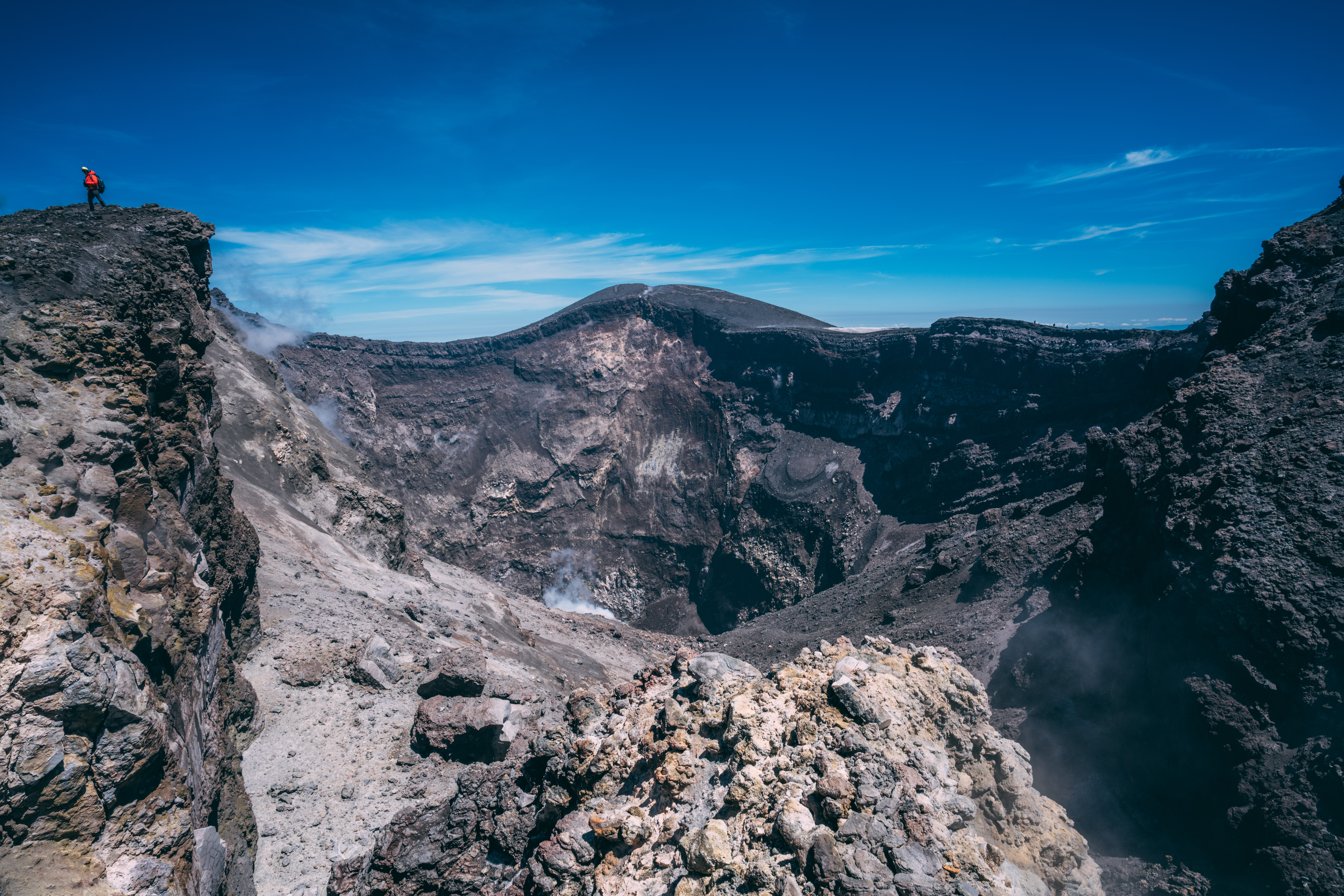
6. The Human Dimension: Making Scale and Emotion Visible
A volcano is overwhelming – and that feeling should also come across in your photos. To achieve this, deliberately include a human silhouette in your frame, even if it appears tiny. It makes the monumental size of the volcano tangible. At the same time, portraits of the people living in the shadow of these fire mountains add emotional depth to your series and make the photo essay even more compelling.
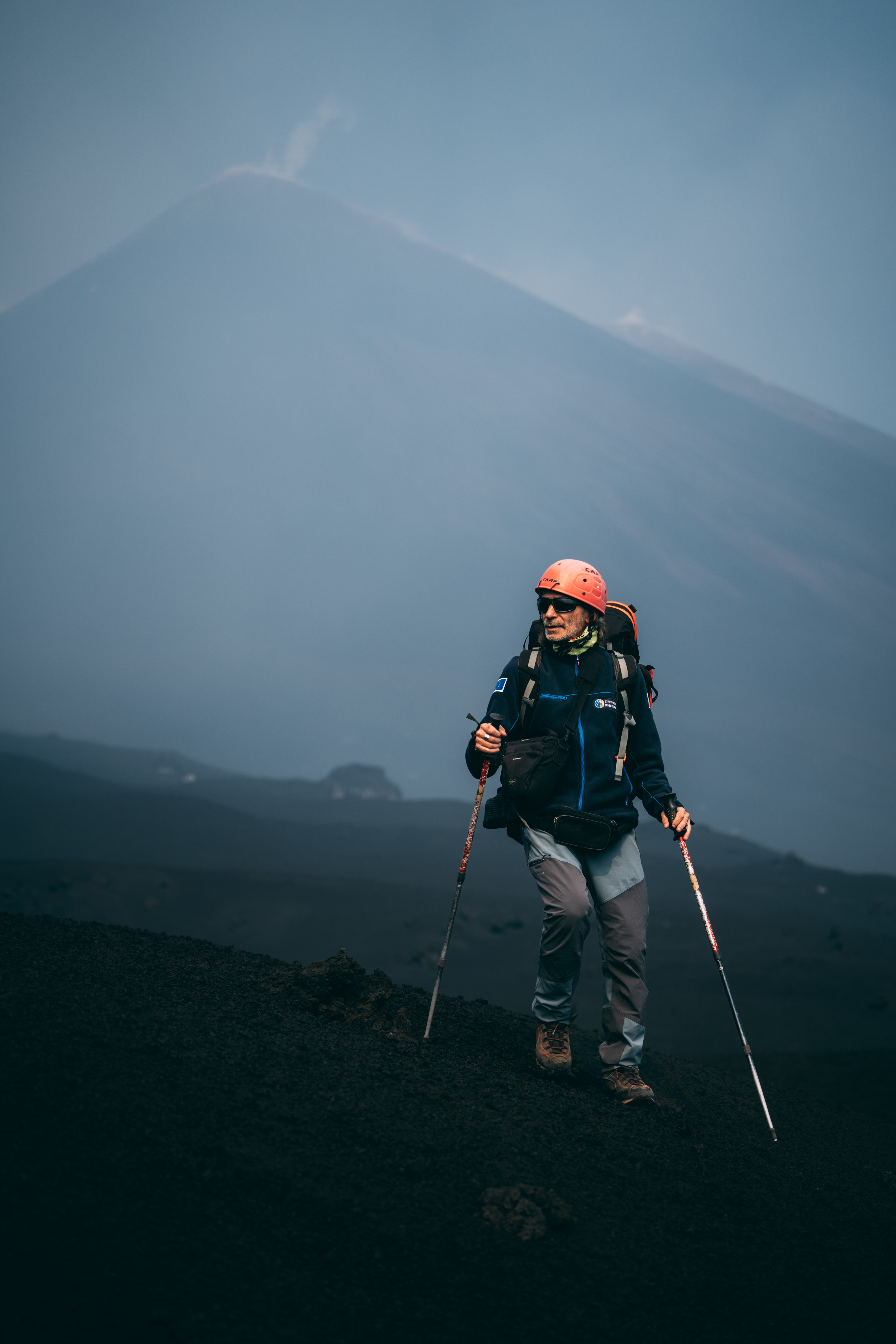
7. Shooting in Extreme Conditions: When Nature Becomes a Challenge
Dust, wind, ash, and moisture are unavoidable when photographing volcanoes. That makes it all the more important to have equipment that can withstand these conditions. TAMRON’s G2 lenses are built for exactly that: lightweight, weather-sealed, and highly reliable. Especially in unstable environments, it’s crucial to be able to trust your gear – only then can you keep working under tough conditions and capture the moment.
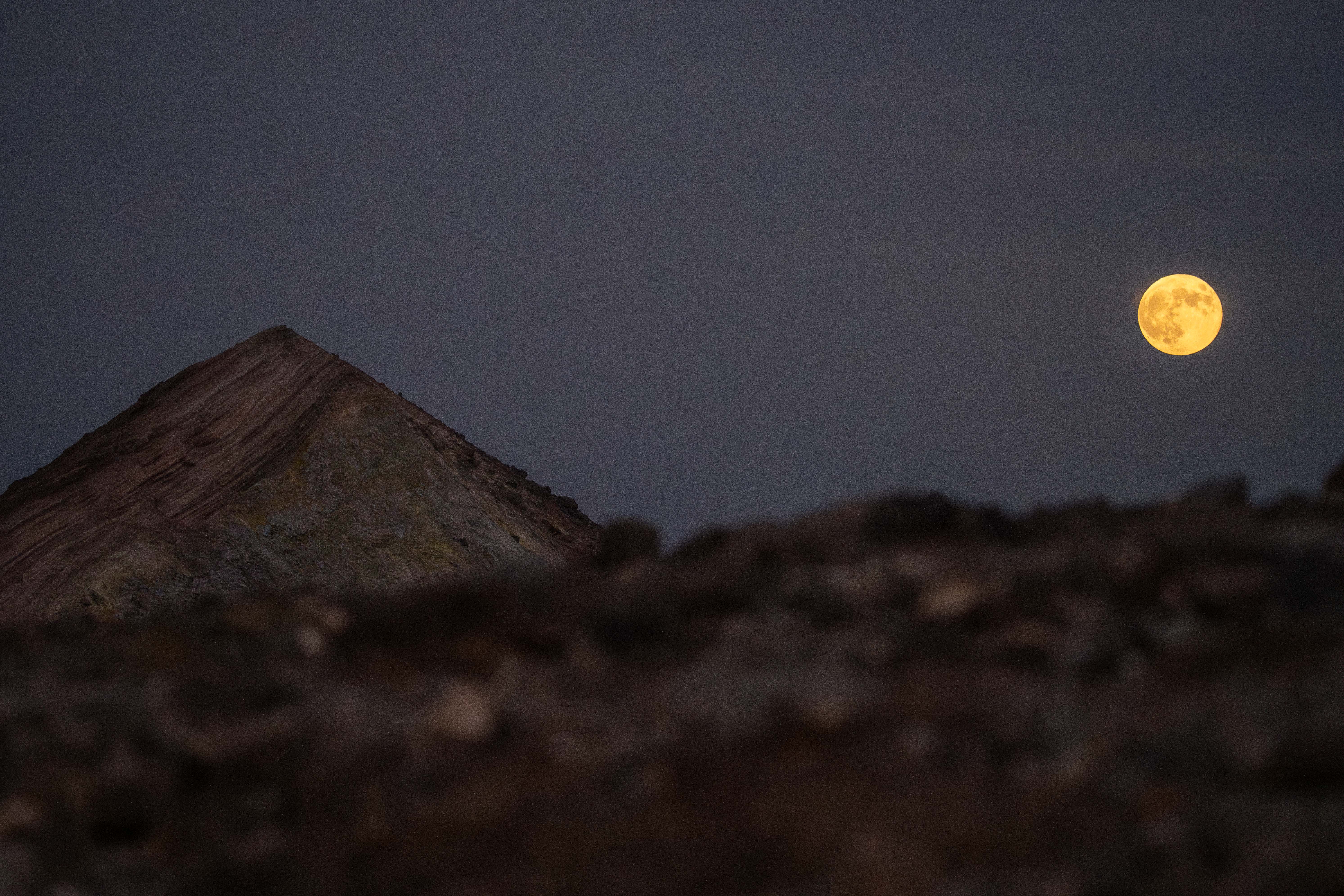
8. Using a Telephoto Lens: Creating Tension Through Compression
A telephoto lens isn’t only meant for distant subjects or wildlife photography. In landscape photography, it can be a creative tool to compress perspectives and play with spatial depth. With the TAMRON 70–180 mm F/2.8 G2, for instance, Léo captured an image where the moon appears to touch the volcano’s summit – an effect that visually brings sky and earth closer together.
Such compositions open up a new, more graphic interpretation of the landscape: mountain ridges, celestial bodies, and volcanic textures merge into a dynamic unity. Here, the telephoto lens becomes a storytelling tool, creating an almost poetic sense of closeness between the photographer and these stone and luminous giants.
The slopes of Etna also tell their own stories. They are home to numerous vineyards that produce the famous Etna wine. Thanks to the mineral-rich volcanic ash, the soil is exceptionally fertile – a symbol of the dual nature of volcanoes, which bring both danger and abundance.
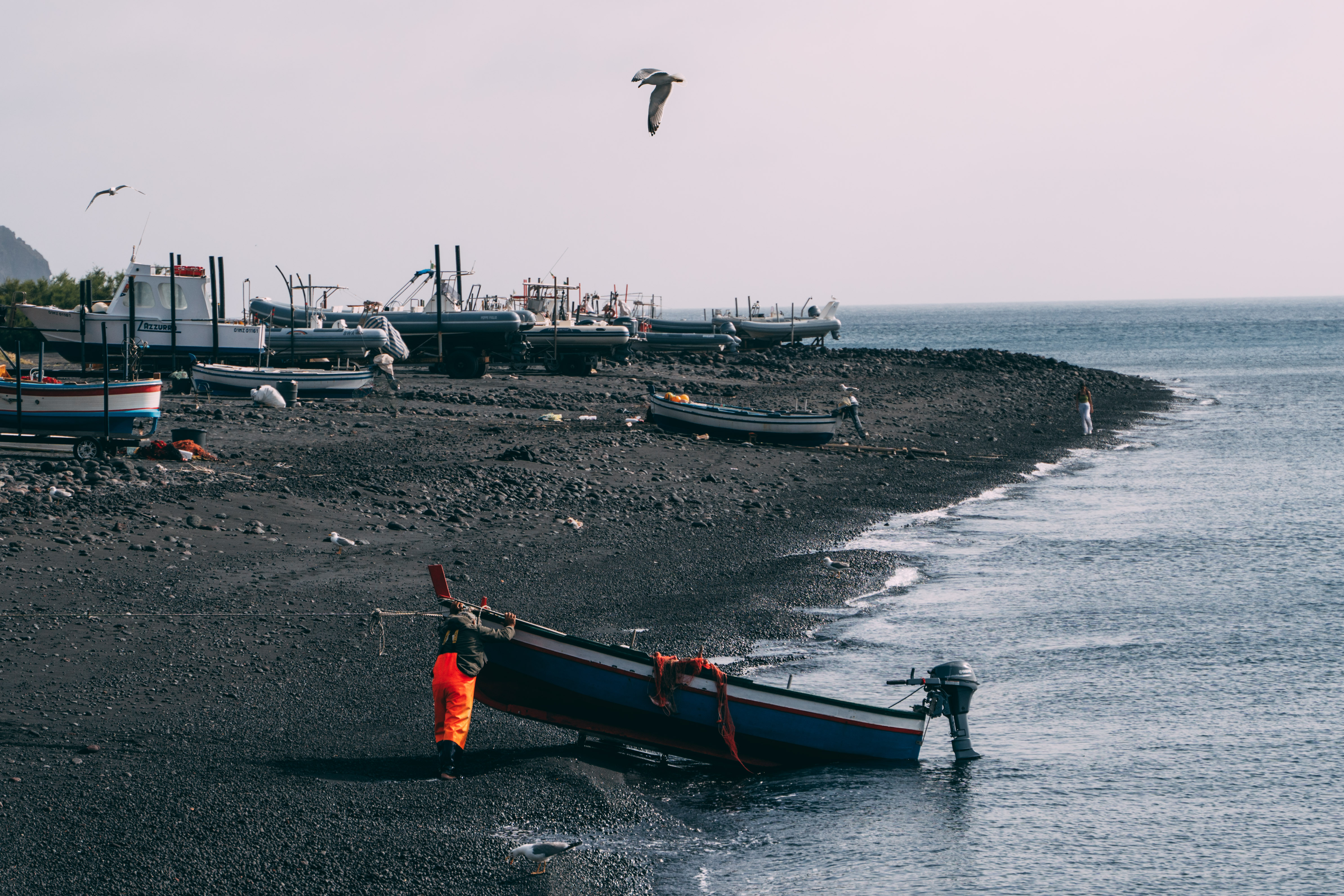
9. More Than a Single Shot: Telling Stories in Series
In a reportage context, it’s not just the individual strong image that matters, but the entire series. Vary your focal lengths, perspectives, moods, and subjects. Combine wide landscape shots with striking details and portraits. This creates a visual rhythm that carries your story and gives viewers a clear thread – instead of just stringing together isolated impressions.
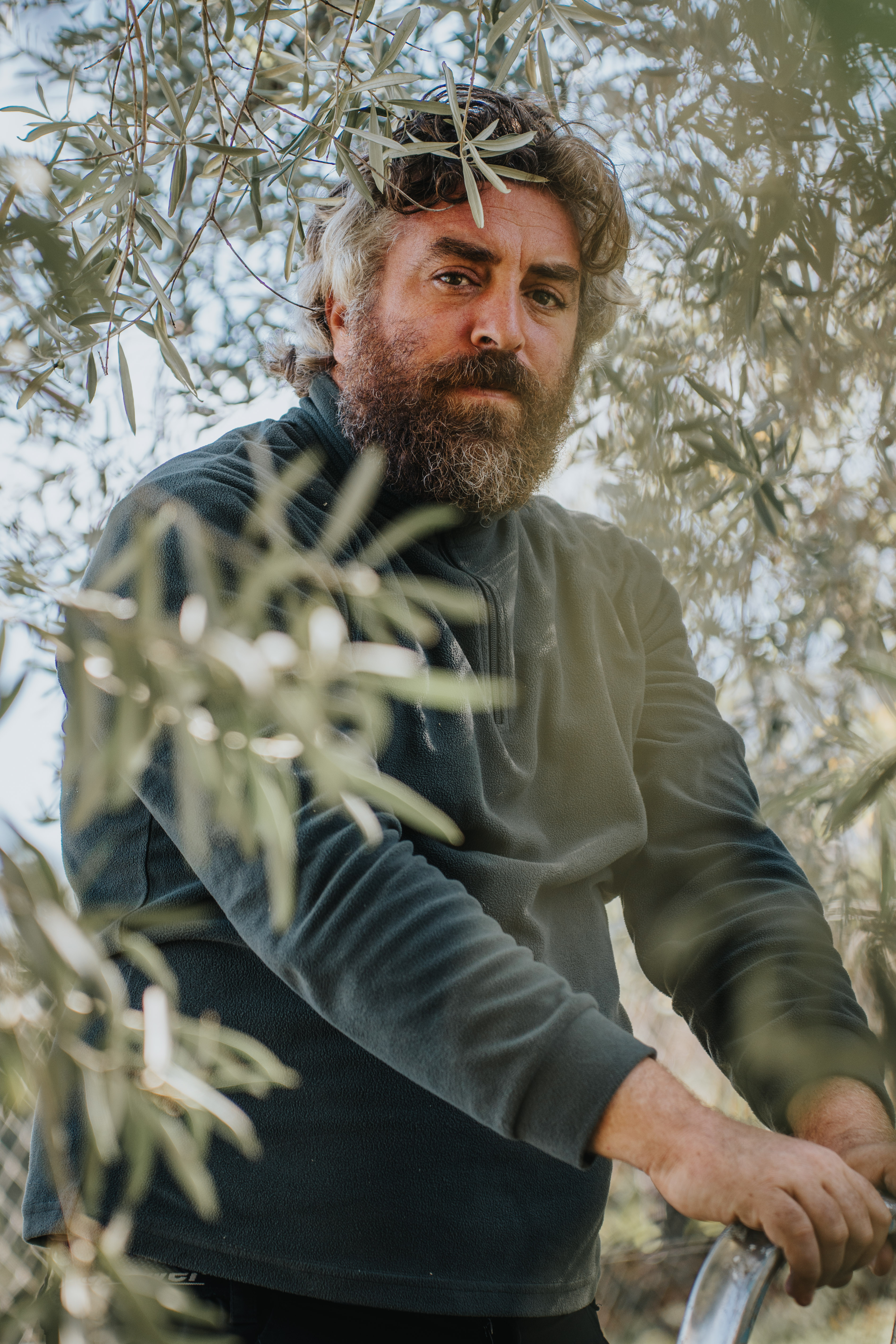
10. Let Your Emotions Flow Into Your Images
A volcano evokes awe, wonder, and respect for the forces of nature. Those same emotions should be visible in your photos. Don’t focus solely on technical perfection – capture what you feel in the moment. That’s how images become authentic, personal, and truly moving.
Produits TAMRON mentionnés dans cet article
17-28mm F/2.8 Di III RXD
Modèle A046
70-180mm F/2.8 Di III VC VXD G2
Modèle A065
28-75mm F/2.8 Di III VXD G2
Modèle A063
